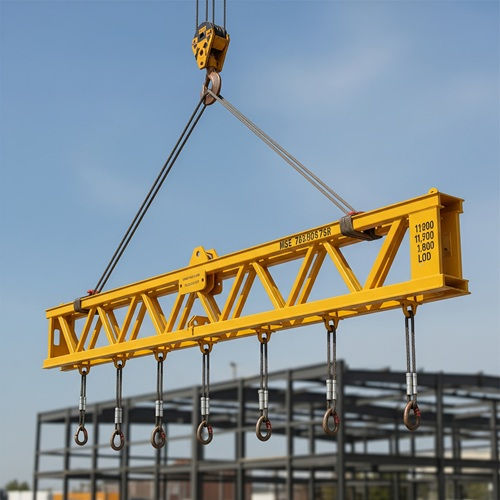Breaking Down the Anatomy of a JIB Crane: What Every Buyer Should Know
- Crane Depot

- Sep 22
- 2 min read

When it comes to material handling solutions in industrial environments, JIB cranes are a standout for their simplicity, efficiency, and adaptability. Before making a purchase, it's essential to understand the core components and features of a JIB crane to ensure it aligns with your operational needs. In this guide, we’ll break down the anatomy of a JIB crane, helping buyers make informed decisions.
What Is a JIB Crane?
A JIB crane is a type of crane where a horizontal arm (called the jib or boom) supports a moveable hoist. These cranes are typically mounted on a wall or pillar and are designed for repetitive lifting tasks over a specific radius. They're especially useful in workstations, warehouses, and assembly lines where space and efficiency are key.
Main Components of a JIB Crane
Understanding the main parts of a JIB crane is critical when selecting the right model. Here’s a breakdown of the core components:
Jib Arm (Boom): This is the horizontal beam that supports the hoist and trolley. It allows for rotation and defines the crane’s working radius. The arm may be fixed or have rotational capabilities up to 360°, depending on the model.
Pillar or Mounting Structure: The crane can be freestanding, wall-mounted, or floor-mounted. The mounting style will depend on your workspace design and the weight of loads to be lifted.
Hoist and Trolley: The hoist is the mechanism that lifts and lowers the load, while the trolley moves the hoist horizontally along the boom. Hoists can be manual, electric, or pneumatic, depending on application needs.
Rotation Mechanism: This allows the jib arm to pivot. In some models, rotation is manual; in others, it's motorized for smoother operation and handling of heavier loads.
Electrical System: Electrical components power the hoist and optional motorized movements. Proper cable management ensures safety and efficiency.
Benefits of JIB Cranes for Top 5 Industries
JIB cranes are valued for their versatility, compact design, and ability to streamline material handling processes. Here are the top five industries that benefit the most:
Manufacturing – Enhances workflow by supporting machine loading and part handling.
Warehousing – Increases storage and retrieval speed in confined spaces.
Construction – Assists in lifting tools and materials in tight jobsite locations.
Automotive – Speeds up assembly and reduces worker fatigue.
Marine – Supports equipment lifting in dockside or shipboard environments.
These cranes offer a cost-effective way to improve productivity without requiring significant structural changes.
Factors to Consider Before Buying
To ensure a JIB crane suits your needs, evaluate the following:
Load Capacity: Determine the maximum weight your operations will require.
Boom Length and Height: Consider the working radius and clearance needed.
Mounting Requirements: Choose between wall, floor, or column mounting based on your facility.
Power Source: Decide between manual or powered options depending on frequency and load size.
Rotation Angle: Select 180°, 270°, or full 360° rotation based on task demands.
Conclusion: Choose the Right JIB Crane
Investing in the right crane begins with understanding its anatomy and operational fit. From the jib arm and hoist to mounting and rotation, each part plays a critical role in performance. By evaluating your specific requirements and comparing features across models, you can confidently choose the right JIB crane to improve productivity and safety in your workspace.




Comments